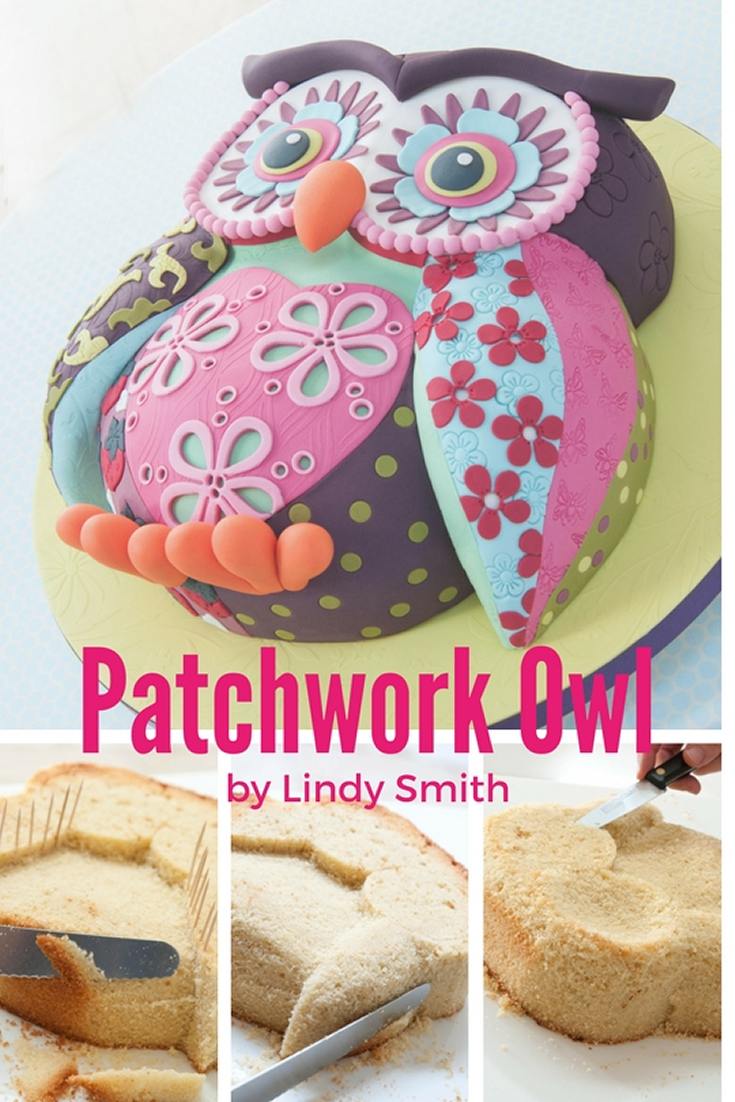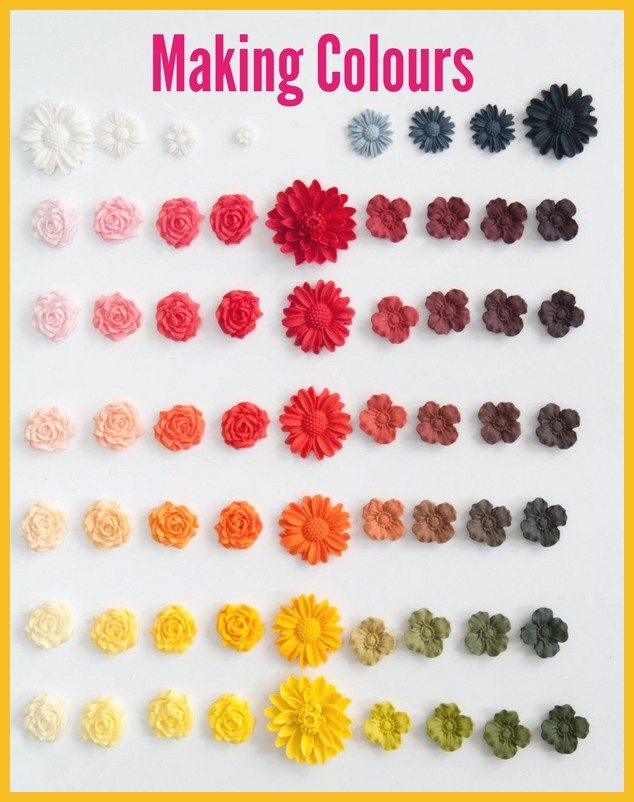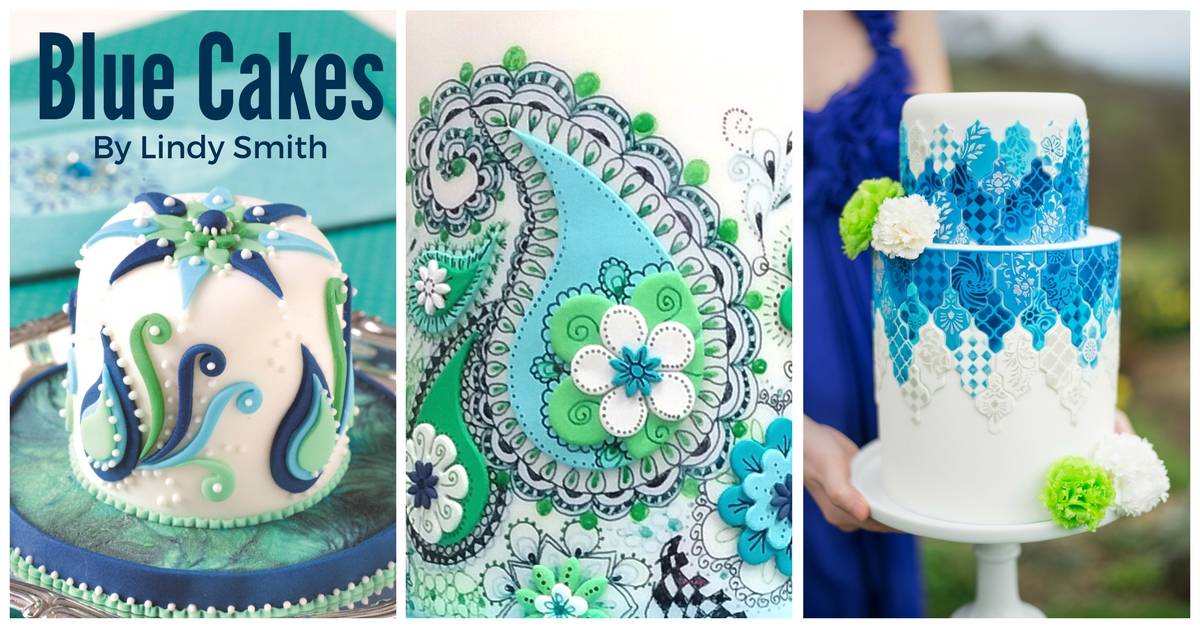Everyone has a story; my story includes a bauble maker and a colour maker, but what about yours? Have you ever wondered what it is about your genetic makeup that makes you who you are? Do you sometimes wonder where your skills and talents come from?
My story has always intrigued and fascinated me. Over the years I have gleaned more and more details, but now, because of the sheer amount of data available on the web, it has become a whole lot easier. Anyone that has watched the BBC’s ‘Who do you think you are’ will know, that a really good place to start finding out more about your ancestry is the census data.
The census data and what it tells us
With the exception of the Doomsday Book, the first population census was over 200 years ago in 1801. A census has been conducted every 10 years since. However, it wasn’t until 1841 that records about individuals were routinely kept. Currently, we can view data from censuses from 1841 to 1911. This data is fascinating as it contains a wealth of information, including:
- Where a person was living or staying on the night of the census
- Their name
- Who lived in the household
- Who their neighbours were
- Their age and marital status
- Their occupation – which I find the most fascinating of all
- Where they were born
With the help of the census data, I’ve managed to trace my family tree back beyond living memory to a time when the world was quite a different place.
John Cunningham a Bauble Maker
Let me introduce you to John Cunningham, my three x great grandfather on my father’s mother’s side of the family. John was born in Burton on Trent, Staffordshire in 1814 but moved east to Loughborough, Leicestershire where he married and spent his life as a ‘Spa Ornament manufacturer’. What was is a ‘Spa ornament maker’? I did a bit of digging and found a fascinating article on the University of Leicester website entitled ‘A lost Leicestershire Industry’.
The article explains that ‘bauble makers’ is the local name for ‘spa ornament manufacturers’, where the ‘spar’ is alabaster. The ornaments they carved from alabaster were first and foremost intended for display, they were sold locally to Mount St Bernard, monastery, but the greatest demand came from the “fashionable watering places” of the time. Some were even exported to America, with a ‘hogshead of baubles’ being sent to Niagara Falls every spring. These baubles were in effect souvenirs and included candlesticks, picture frames, jars etc
I know I only share a very small fraction of my three x great grandfathers genes, but does this help explain why I love carving cake and why I see things in 3 dimensions…who knows it might!

The percentages of genes we share
Simply put, for each generation that you go back you halve the genetic material that you inherit, so you share:
50% with each of your 2 parents
25% with each of your 4 grandparents
12.5% with each of your 8 great grandparent
6.25% with each of your 16 great great grandparent
3.125% with each of your great great great grandparents
We can sometimes see certain traits that come down through the generations. My use of colour is what I am known for, it’s my trademark and from years of teaching, I am fully aware that not all my students can see as many colours as I can or can intrinsically understand how colours work. However, I am not unusually in my family, my mother is also known for her use of colour as was my grandmother.

Until very recently I had no idea if I could trace this ability further back. Imagine my delight when I found that another three x great grandfather on my mother’s, mother’s side that was a ‘colour maker’, how exciting.
William Blindell a Colour Maker
William Blindell was born in 1810 in Homerton, Hackney, Middlesex (now part of London). The census returns show him in colour manufactory (1861), then as a colour maker (1871) and finally as a foreman of a colour works (1881). I have also discovered that his father Samuel Blindell, born in 1777, was also a colour worker. My most recent research has lead me to believe they both worked at Lewis Berger & Sons, the paint company that had perfected the method of manufacturing ‘Prussian Blue’, a dark blue that was the first of the modern pigments.

The world of ancestry is fascinating. I now know that a bauble maker and a colour maker have probably helped me become who I am today.
What will I discover next? I Can’t wait to find out. Do you want to know more too? I do hope I’ve helped inspire you to delve a little deeper into your own family tree. You might not find a bauble maker or colour maker, but I’m sure you will make some really interesting discoveries by finding the people who have played a part in your very own unique makeup.
Sweet wishes,
Lindy Smith
Cake Decorator – descendant of a bauble maker and a colour maker
Claire Drew says
I have found this so interesting and yes I think I will start delving as I would be interested to see what my ancestors did!!!! Thanks Lindy!!!!
Lindy Smith says
Pleased to hear I’ve inspired you, it takes time but it’s fascinating what you learn. How fun discovering. 😀